
Jiangsu University scientists developed Raman-based system for detecting aflatoxin B1 (AFB1), a byproduct of the most common fungus that can arise in moldy peanuts.

Jiangsu University scientists developed Raman-based system for detecting aflatoxin B1 (AFB1), a byproduct of the most common fungus that can arise in moldy peanuts.
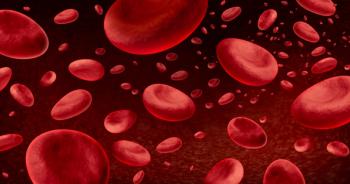
Chinese scientists recently tested the potential of serum surface-enhanced Raman spectroscopy (SERS) for early differential diagnosis of pancytopenia-related diseases.

Scientists from East China University recently tested a new approach for early melanoma detection based on surface-enhanced Raman scattering (SERS) spectroscopy.

Scientists from Indonesia recently used ultraviolet–visible (UV–Vis) spectrophotometry to test a new methotrexate (MTX) delivery system.

Scientists from Banaras Hindu University in Varanasi, India recently studied how acarbose (ACA) and quercetin (QUE) can help prevent conditions like Type 2 diabetes.

Here are the top five articles that the editors of Spectroscopy published this week.

Scientists from Duke University in Durham, North Carolina recently tested a surface-enhanced Raman scattering (SERS) spectroscopy system for detecting the SARS-CoV-2 virus.

Pakistani scientists recently used surface-enhanced Raman spectroscopy (SERS) to characterize the metabolites of sulfuric compounds.

Scientists are using Raman spectroscopy and AI technology to streamline the pathological classification process.

Scientists from the Lodz University of Technology in Lodz, Poland created a new system to analyze normal and cancer human colon cells.

Chinese scientists recently made a surface-enhanced Raman scattering (SERS)-based approach to detect synthetic antioxidants in food samples.

Here are the top five articles that the editors of Spectroscopy published this week.

Chinese scientists recently created a dual-response fluorescent probe to better understand the pathological mechanisms of depression disorder.
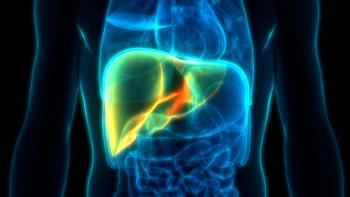
In a recent study out of China, Liyi Zhou and her fellow scientists created a nanoprodrug system to help treat liver cancer.
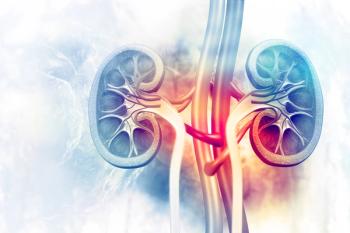
A recent study from the University of Shanghai for Science and Technology used surface-enhanced Raman spectroscopy (SERS) to improve analysis of biological fluids such as urine.

Here are the top five articles that the editors of Spectroscopy published this week.

Chinese scientists recently combined confocal microscopy and an echelle-grating spatial-heterodyne Raman spectrometer (CM-ESHRS) to create a new system for detecting microplastics.

Spectroscopy sat down with Molly Lockart and Brad Pierce to discuss their group’s work with pulsed electron paramagnetic resonance (EPR) spectroscopy to improve our understanding of enzyme dysfunction and the mechanism of sulfur-oxidation.

A group of scientists led by Zozan Guleken of the Gaziantep University of Science and Technology in Gaziantep, Turkey looked into the blood serum composition of childhood obesity (CO) tissues using Fourier transform infrared (FT-IR) spectroscopy.

Scientists from Zhenjiang, China recently tested different analysis methods of using portable near-infrared (NIR) spectroscopy to detect Bombyx mori nuclear polyhedrosis virus within silkworms.

Scientists from the Czech Republic developed an automated classification pipeline meant to provide real-time in vivo examinations of normal and cancerous colorectal tissue.

Here are the top five articles that the editors of Spectroscopy published this week.
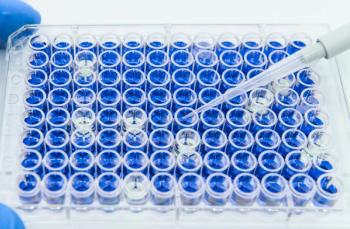
Brazilian scientists recently discussed and showed findings that show near-infrared (NIR) spectroscopy as a potentially effective technique for detecting ecstasy.
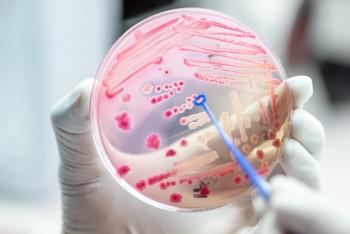
Scientists from Ben-Gurion University of the Negev, the Afeka Tel-Aviv Academic College of Engineering, and the Shamoon College of Engineering recently created a system that combines Fourier transform infrared (FT-IR) spectroscopy with machine learning algorithms to identify bacteria that is resistant to antibiotics.

Scientists from Beijing, China recently tested a combination of surface plasmon resonance (SPR) and fluorescence analysis in studying cell and drug interactions.